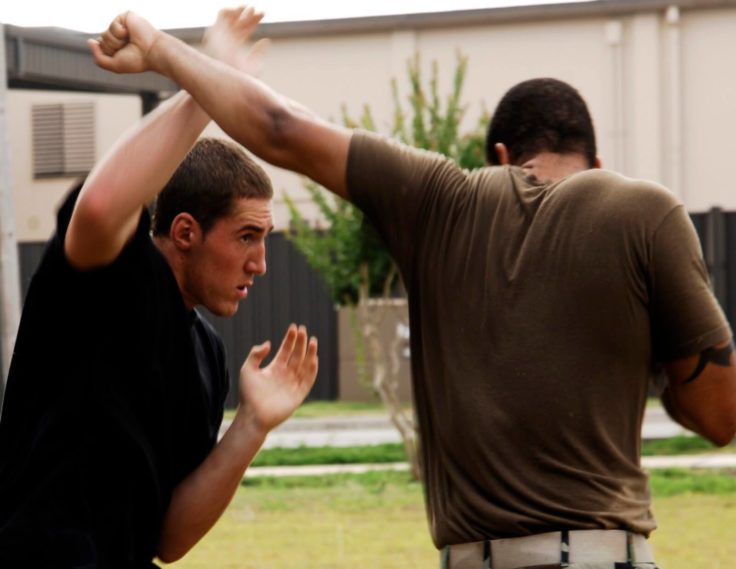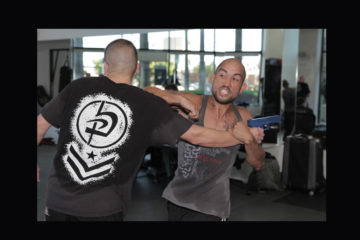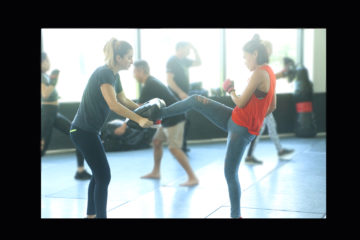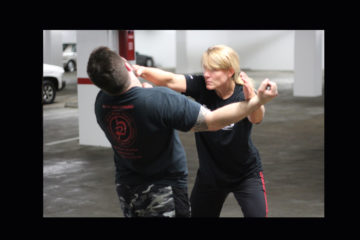
When training Krav Maga techniques, partners can be vital to your development as a martial artist. By practicing with another student, you have an opportunity to sharpen your skills, increasing both your familiarity with the techniques and experience with motivated resistance to the techniques. One of the hardest parts for some students, however, is understanding what to look for when setting out to find a sparring partner.
The More The Merrier
First, don’t try to find a sparring partner. Try to find a lot of sparring partners. In traditional or points-based martial arts systems, there is a tendency to try to match students based on broad physical and experiential characteristics. While this may work well for initial training, it falls flat when confronted with a real-world threat. If you need to use your training in Krav Maga techniques, there’s a good chance your attacker will not match up exactly with any one person you train against.
A wide variety of partners will teach you how to adapt to different body types, weights, and heights when fighting. When honing your skills, you want to be challenged — to be forced from your comfort zone. This helps increase the reality of the situation and prepare you for the unexpected. On the street there are no weight classes or gender divides that violence respects.
Key Characteristics To Look For

- Height - While taller partners will present you with a reach disadvantage to overcome, shorter opponents can present a leverage challenge for the unwary, as they have a lower center of gravity by nature of their lesser height.
- Build - This goes beyond an opponent’s weight to how the weight is situated on their body. A 200 pound opponent who wears their weight as a spare tire will present different tactical challenges than a 200 pound bodybuilder.
- Speed And Strength - Challenge yourself against opponents who are faster and stronger. This will not only force you to improve your techniques, but your own quickness and power as well.
- Stamina - Partners with lower stamina will burn out quicker, forcing them to attack with a flurry of techniques to defend in rapid succession. Those with more wind and durability will force you to maintain good decisions and techniques over a longer period of time.
- Experience - A partner better versed in their Krav Maga training techniques may be able to point out small, almost unnoticeable errors, whereas a newer practitioner will make mistakes that force you to adapt and analyze your own techniques.
Train For The Real World
A resisting opponent is invaluable to realistic Krav Maga self-defense training techniques, and everyone has a different feel, a different energy, and a different approach. Your best bet is to cultivate a wide array of partners that run the gamut. If there’s a gap in your partner set, look for a peer that fills that need. Being exposed to these differences is important to practical training that furthers your development as a martial artist. If you need real-world techniques for real-world threats, visit a Krav Maga Worldwide location and register for classes today.
Today's tip is an extrapolation of an excerpt from Black Belt Krav Maga, co-authored by Darren Levine and Ryan Hoover. Available on Amazon now.






